
28-70 Vario Elmarit Asph
Jonathan Slack
November 11th 2025
Introduction
The Leica Vario-Elmarit-SL 28-70 f/2.8 ASPH was introduced rather quietly earlier this year, together with enticing kits with the Leica SL3-S.
I had not been asked to test the lens beforehand (I’m not always asked). But I was intrigued by it, and as I had a series of varied events to shoot over the summer I bought the kit with the SL3-S.
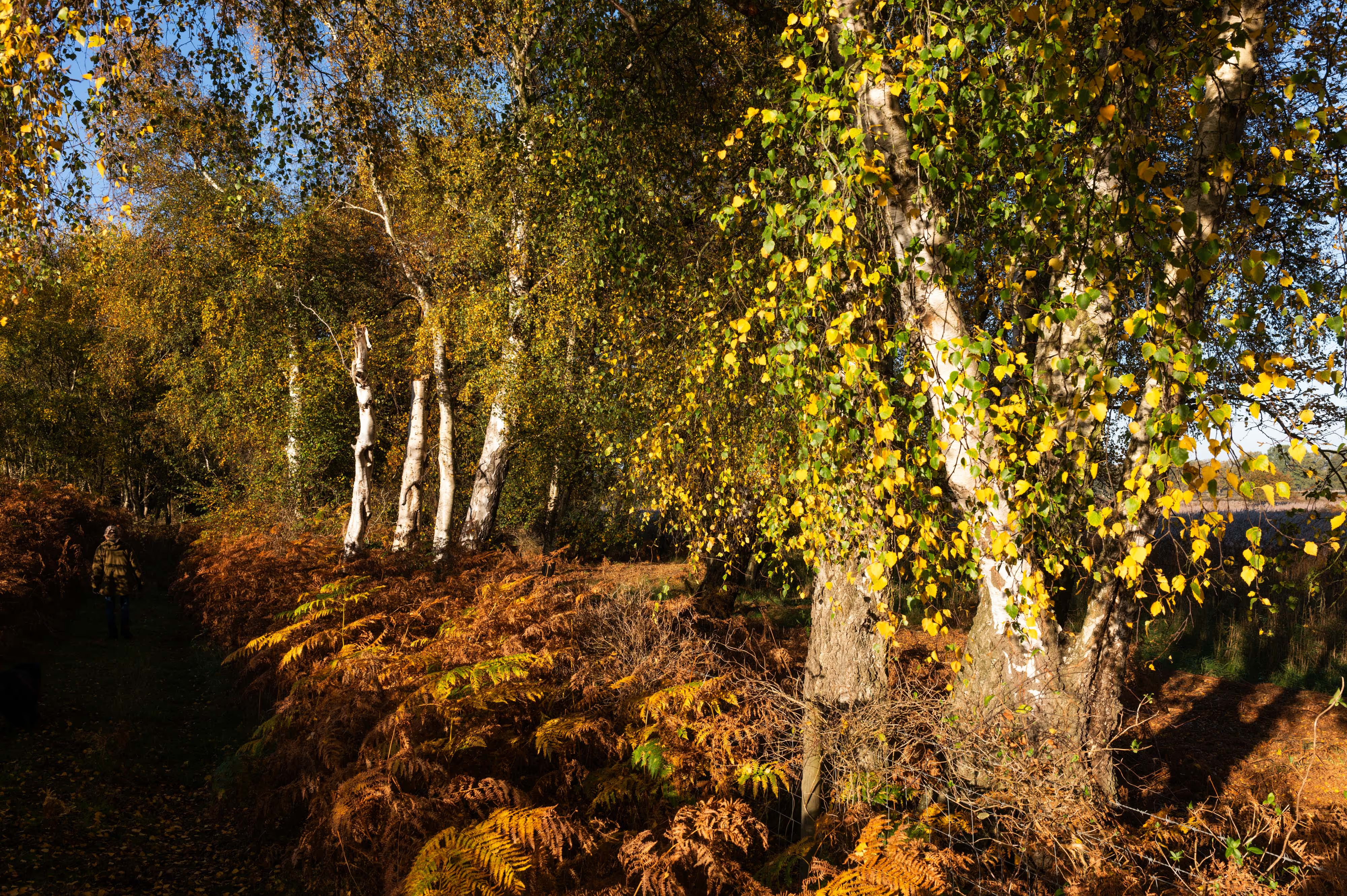
Silver Birches and Emma
Leica SL3 with 28-70 Vario Elmarit 28mm at ISO 100 f8
Both camera and lens proved to be really well suited for all the tasks I set for it. So much so that most of the pictures in my article about using the SL3-S as an event camera were taken using the 28-70 (
Click here for SL3-S article ).
The 28-70 vario-elmarit asph is the third Leica mid range zoom for the SL system.
So this article is a quick look at the 28-70 with reference to the two older lenses. Specifically, does it represent a compromise from an image quality point of view?

Here's looking at You
Leica SL3-s with 28-70 Vario Elmarit 65mm at ISO 2500 f4.5
The Basics
The new lens is the smallest and cheapest of the three mid range zooms in the Leica system:
Vario-Elmarit-SL 24-90 f/2.8-4 ASPH (2015)
138mm long
88mm wide
1,140 gms (40 oz)
£3,945
Vario-Elmarit-SL 24-70 f/2.8 ASPH (2021)
123mm long
88mm wide
856 gms (30 oz)
£2,300
Vario-Elmarit-SL 28-70 f/2.8 ASPH (2025)
103mm long
73mm wide
572 gms (20 oz)
£,1,650

Pink Lady Veterans
Leica SL3-s with 28-70 Vario Elmarit 70mm at ISO 100 f6.3
The chief distinctions are that the two cheaper lenses are made in Japan, and the original 24-90 is made in Germany. The original lens also has a variable maximum aperture whereas the newer lenses are both f2.8.
I have all three lenses - I wrote about the 24-70 when it came out in 2021. (
click here for 24-70 article )
I have always loved the 24-90, and for almost a year it was the only lens specifically designed for the SL, so it got used a lot. However, at nearly 1.2 kg, it’s pretty heavy!

Here's looking at You
Leica SL3-s with 28-70 Vario Elmarit 41mm at ISO 500 f8
All three lenses are dust and splash resistant and appear to be built to the same excellent standard. I’ve had all three lenses out in the. Best Cornish torrential rain, and they have all managed perfectly.
Bodies are metal and the zoom and focus controls are extremely smooth. The two Japanese lenses have metal, petal shaped lens hoods, and the 24-90 has a plastic one (or at least, it did have when I bought mine in 2015).
A slight frustration is that the zoom ring for the German lens operates in the other direction from the two Japanese lenses,
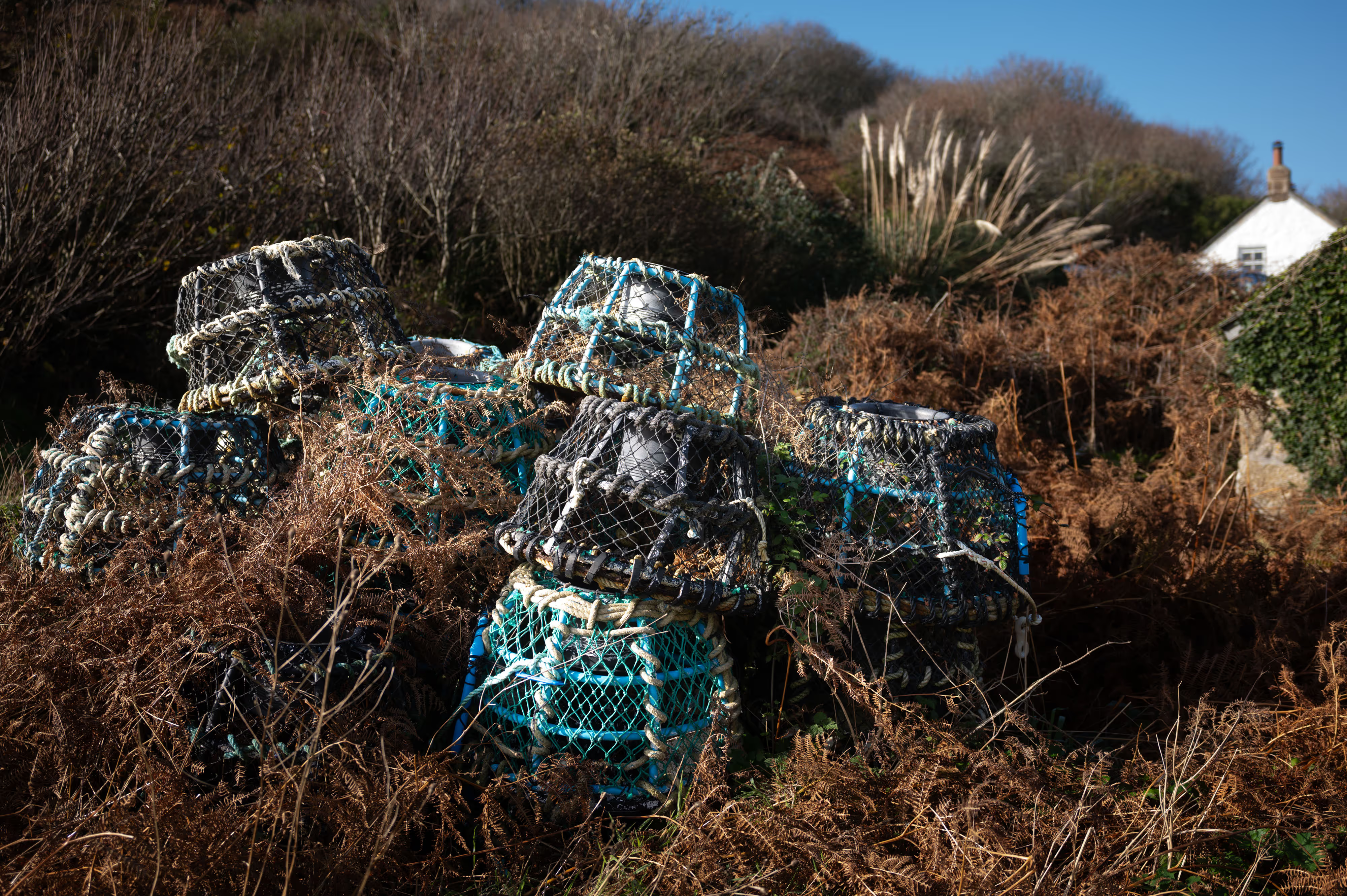
Lobster Pot at Penberth
Leica SL3 with 28-70 Vario Elmarit 28mm at ISO 100 f5.6
Leica and Sigma
Leica has had collaborations with Sigma on lenses since at least 1990 when they produced the Leica 28-70 f3.5-f4.5 Vario Elmar -R. In 2018 Sigma was a founding member of the L-Mount Alliance with Leica and Panasonic.
Since those early days Sigma have gone from strength to strength, making their own branded lenses in almost all different lens mounts. They also make lenses for many other companies using their partner’s brand names.


Dr Andreas Kaufmann
Leica SL3-S with the 28-70 f2.8 55mm, ISO 800, 1/100 sec @F2.8
Yasuhiro Ohsone
Head of product planning at Sigma
Leica SL3-S with the 28-70 f2.8 70mm, ISO 3200, 1/125 sec @F2.8
Sigma was founded by Michihiro Yamaki in 1961, and today it is run by his son Kazuto Yamaki, who I was lucky enough to meet at the Leica 100 year celebrations in June. Their Aizu factory in Japan was founded in 1973 and to this day it remains Sigma’s sole manufacturing base - with every step of production taking place in Japan.
It’s a remarkable history and explains why they can manufacture such excellent lenses. It’s worth having a look at their website here (
Click here for the Sigma Story )
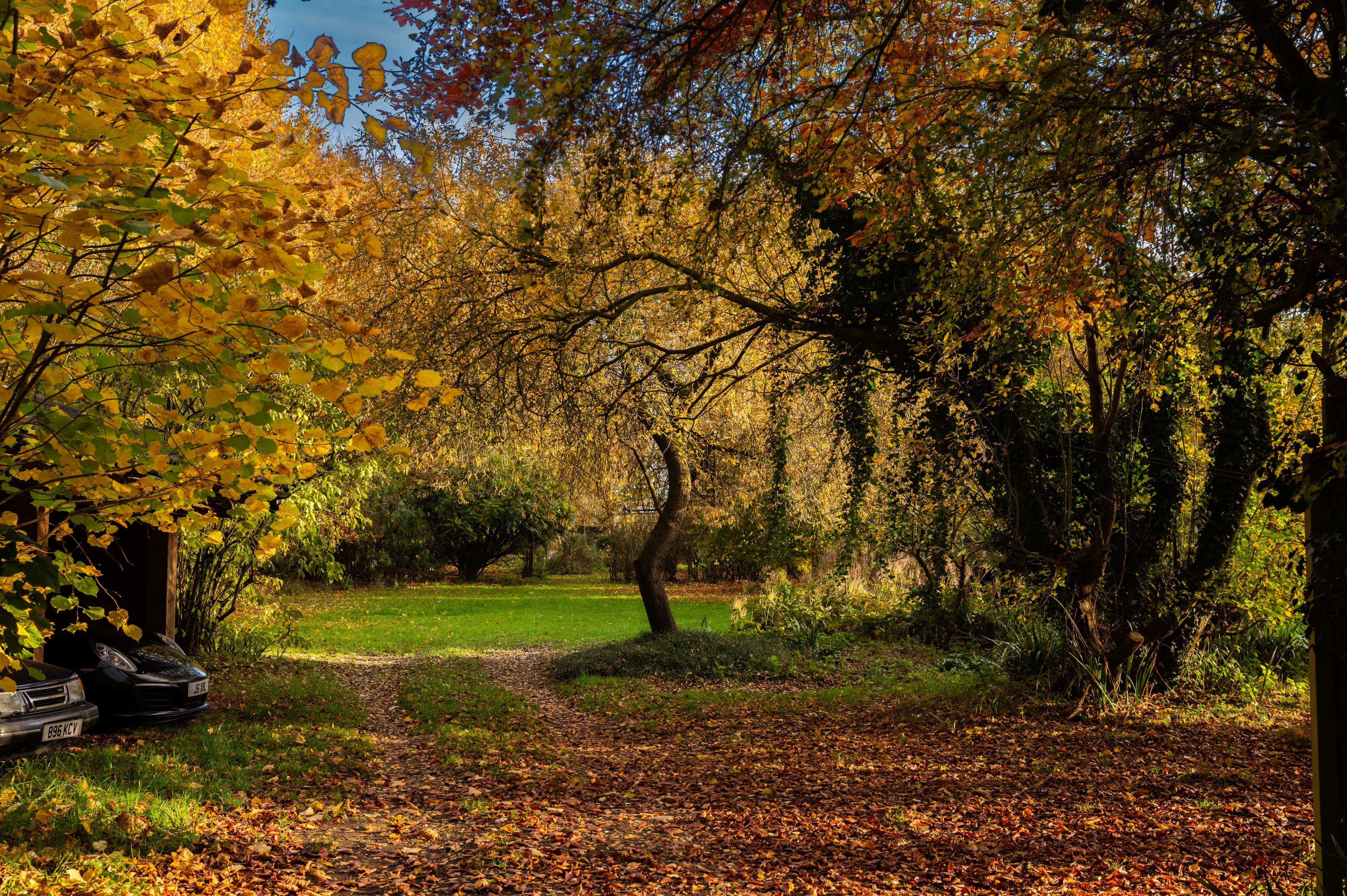
Coming Home
Leica SL3 with 28-70 Vario Elmarit 45mm at ISO 200 f5.6
There have been several co-operative projects with Leica for L mount lenses, and the 28-70 f2.8 Vario Elmarit Asph is an excellent example. The optical design is similar to the Sigma Contemporary lens, but the Leica version adds an aluminium body shell and weather sealing to match the rest of the SL lenses - something which is definitely important in the weather here in the UK.
I have not done a direct comparison between the Sigma and Leica versions - I have had reports that the colour is better on the Leica lens, but I can’t confirm that

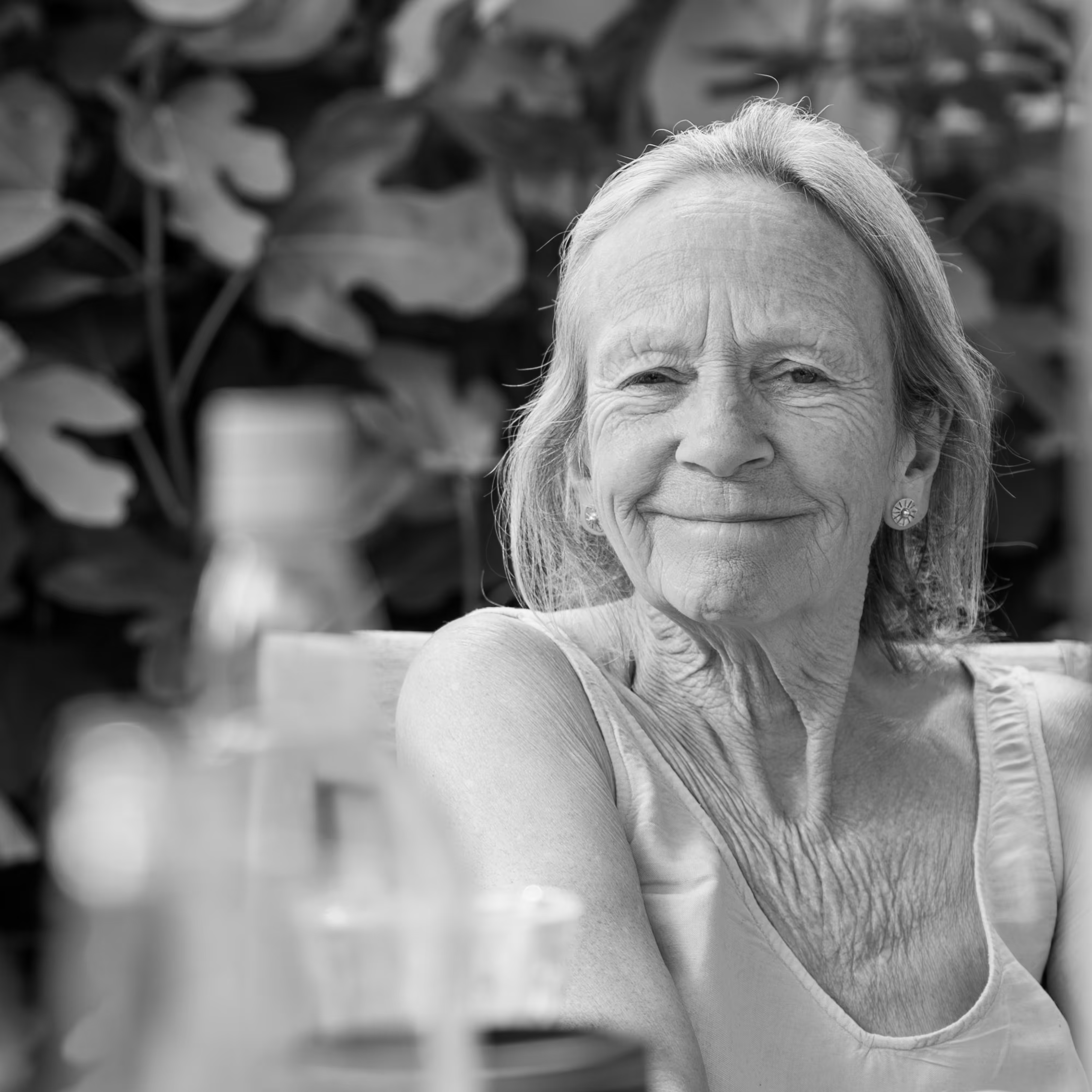
Anna
Leica SL3-S with the 28-70 f2.8 69mm, ISO 320, F2.8
Emma
Leica SL3-S with the 28-70 f2.8 63mm, ISO 125, F2.8
What is Important
Well, the new 28-70 is delightfully small and light, and like the 24-70 has a constant aperture. The 24-90 has Image Stabilisation, which is missing from the other two lenses. On the other hand the SL2 and SL3 have in built image stabilisation, so perhaps that isn’t such a critical issue.
Obviously the extended focal length of the original lens is an added bonus, and the newer lens has the disadvantage of only going to 28mm rather than 24mm.
But having a smaller and lighter lens is quite an attraction, and apart the 28mm and the missing image stabilisation (from the 24 - 90 ) the crucial issue seems to be the image quality (nobody likes inferior image quality).
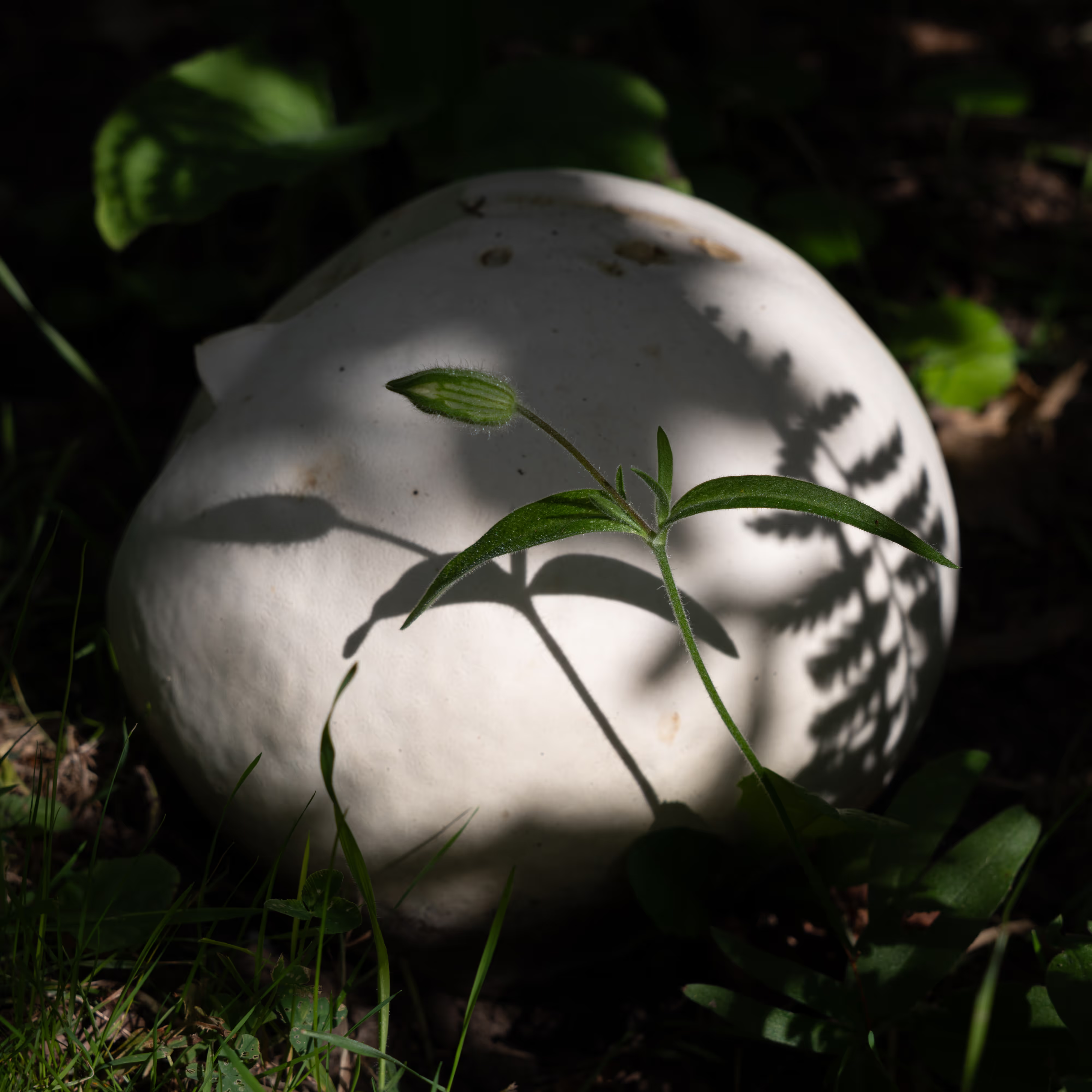
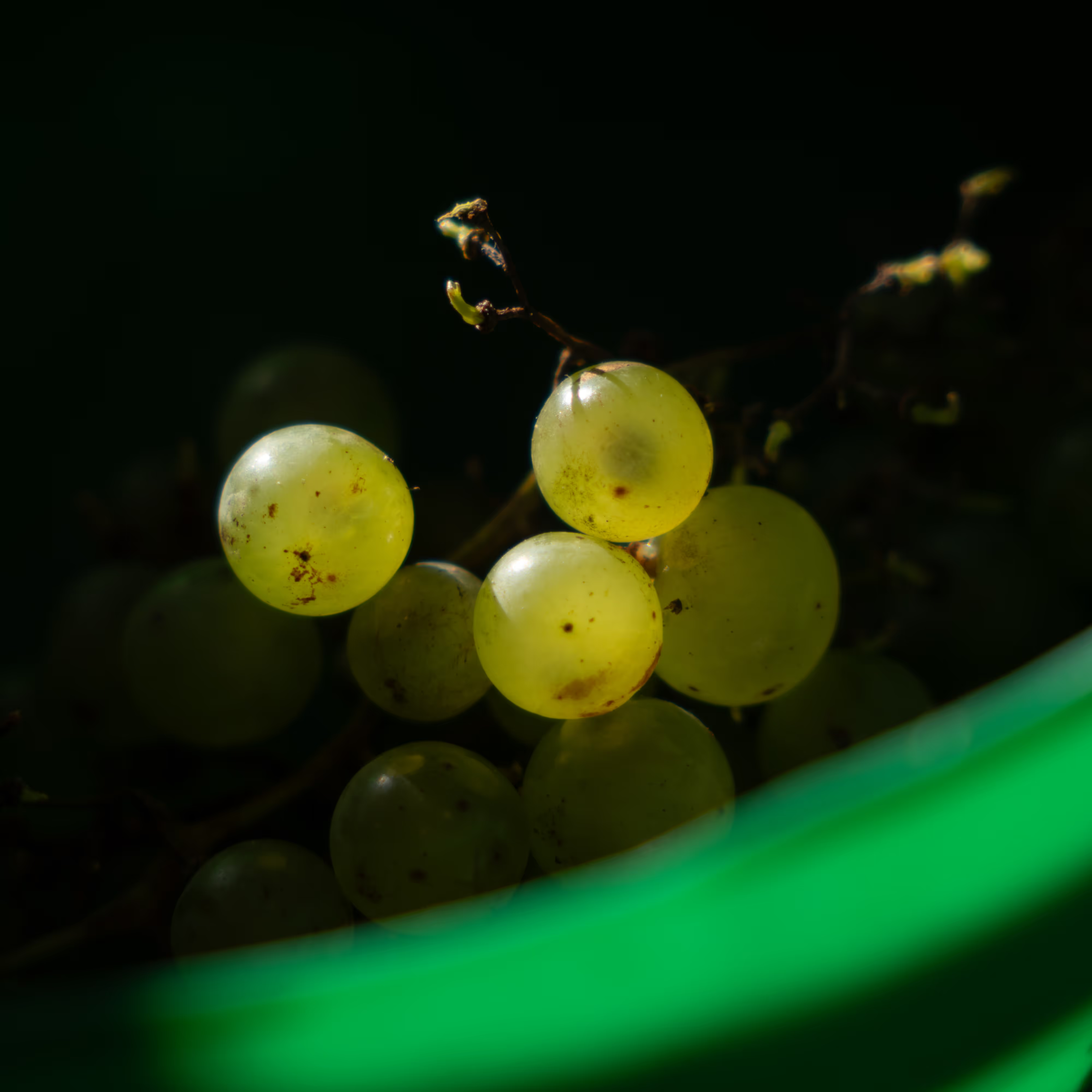
The Giant Puffball
Leica SL3 with the 28-70 f2.8 70mm, ISO 100, 1/400 sec @F9
Some grapes and a geeen bucket
Leica SL3 with the 28-70 f2.8 70mm, ISO 100, 1/640 sec @F2.8
MTF figures
It’s rather hard to make a direct comparison between the MTF figures for the 3 lenses - but here are the figures for the 24-70 and the 28-70. (the figures for the 24-90 are even harder to compare usefully)

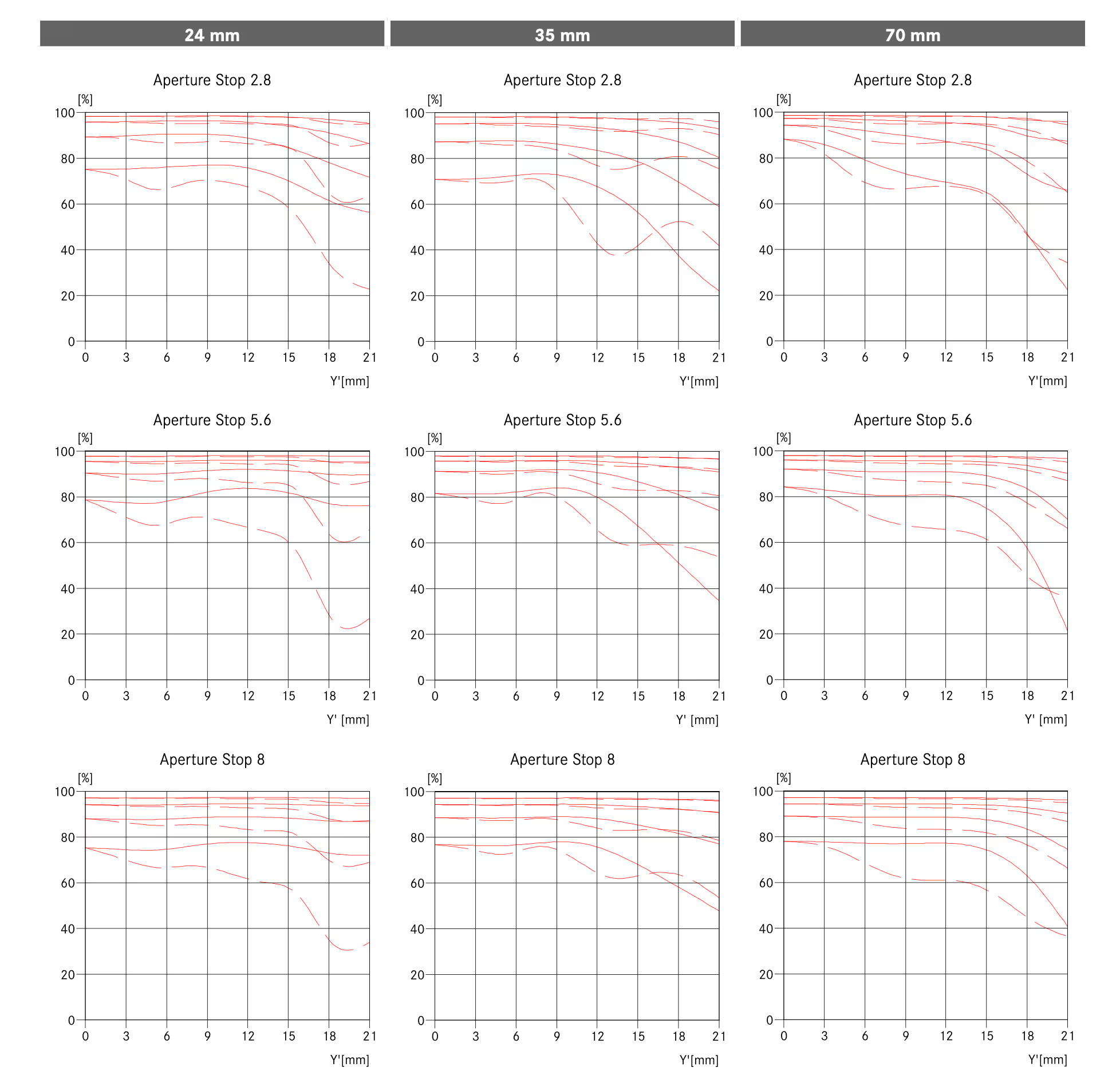
Leica 28-70 f2.8 Vario Emarit Asph
Leica 24-70 f2.8 Vario Emarit Asph
They are clearly very similar in quality - certainly the 28-70 is not the poor companion its price might suggest.
This is probably because it’s easier to make a shorter zoom range with really high quality optics.

JJ Johnson
Leica SL3-S with 28-70 Vario Elmarit 70mm at ISO 8000 f2.8
Real Life Image Quality
Damn! - where is that tripod: I’m not a fan of tripods - at any rate it’s hard to do a proper comparison without one, so I dug it out of a lost cupboard and set it up in our garden.
Leica Miami (Red Dot Forum) did a nice review of the 28-70 including some test chart shots, but of course they were at close range.
I thought it would be interesting to do some tests at a range of focal lengths and apertures, and also a range of distances.

Pednvounder and traditional Cornish Fisherman
Leica SL3 with 28-70 Vario Elmarit 46mm at ISO 100 f8
So that is what I did - from ‘macro’ to about 30 metres (our venerable 20 metre high maple hedge).
Test images are pretty boring, but I took 88 and they are on the link here if you would like to wade through them (
Leica mid range zoom Test Images ) - if you are really up for it I could send you a link to a zip file of the original DNG files!

An Unfortunate Exit
Leica SL3 with 28-70 Vario Elmarit 70mm at ISO 250 f7.1
I was hoping that the 28-70 would be nearly as good as the 24-70, but actually it seemed to me to be better - especially wide open (except at 24mm of course!). I’ve looked and looked at the images, my technique isn't perfect, but whichever way you look at it it really does seem that the 28-70 does a wonderful job.

Al Dunn
Leica SL3-S with 28-70 Vario Elmarit 70mm at ISO 12500 f2.8
Better than that the bokeh wide open is really smooth and nice (not a normal attribute of standard length zooms). Better perhaps than either of the other lenses. This also makes it good for portrait work.
In comparison with the original 24-90 I think it is probably a wash - but what is abundantly clear from these tests is that the new baby isn’t a poor relative in any other sense than its price!
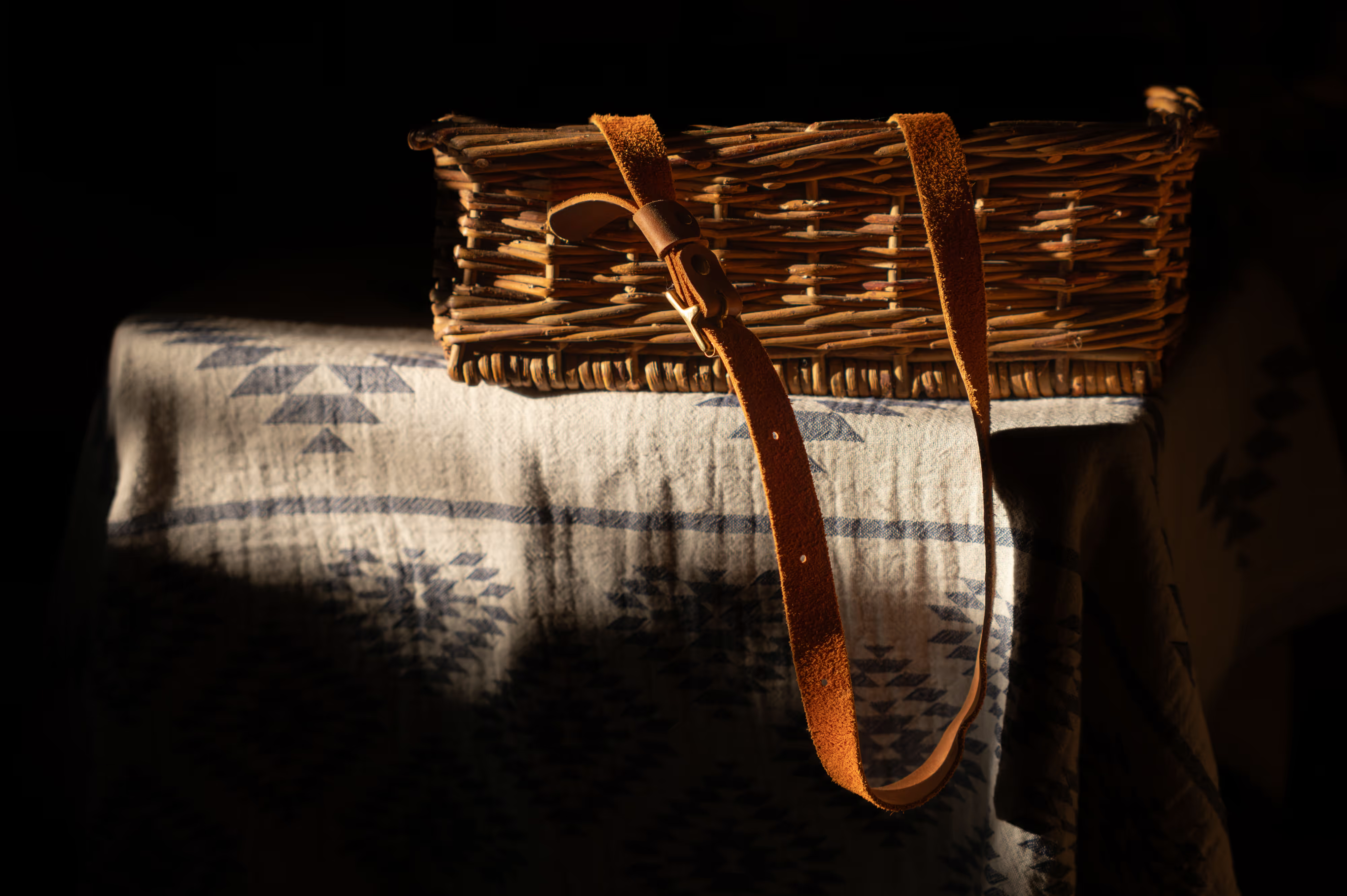
Basket
Leica SL3 with 28-70 Vario Elmarit 70mm at ISO 100 f3.2
Conclusion
Maybe I’ve been lucky and have a perfect example, maybe my test photos with the other lenses weren’t so good?
But what is certain is that the 28-70 Vario Elmarit Asph is a really excellent lens, sure, it is certainly not as good as the SL APO prime lenses, but as far as I can see it is really excellent at all apertures and all focal lengths, not just that, but it has lovely gentle bokeh and is great to use.
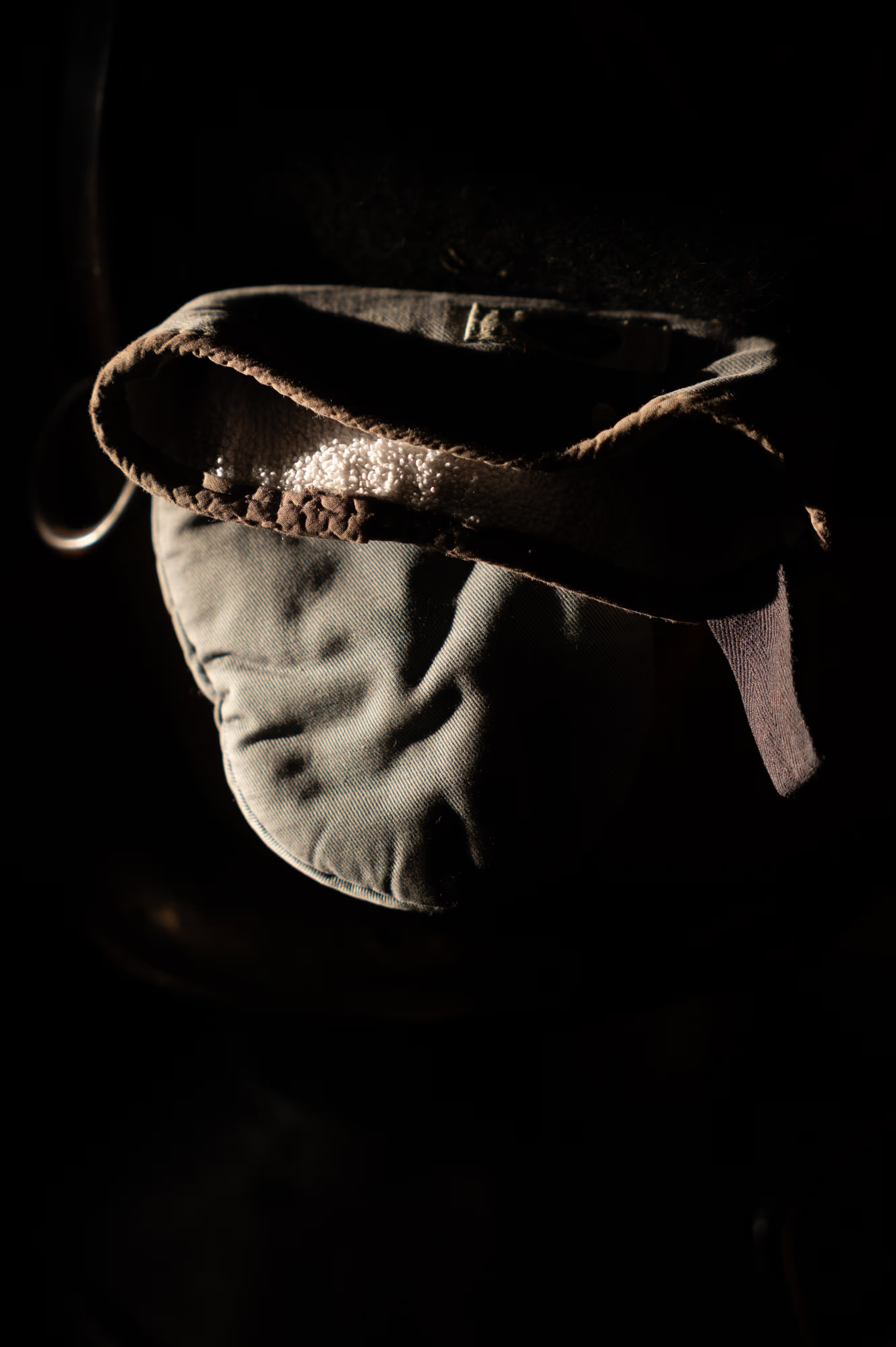
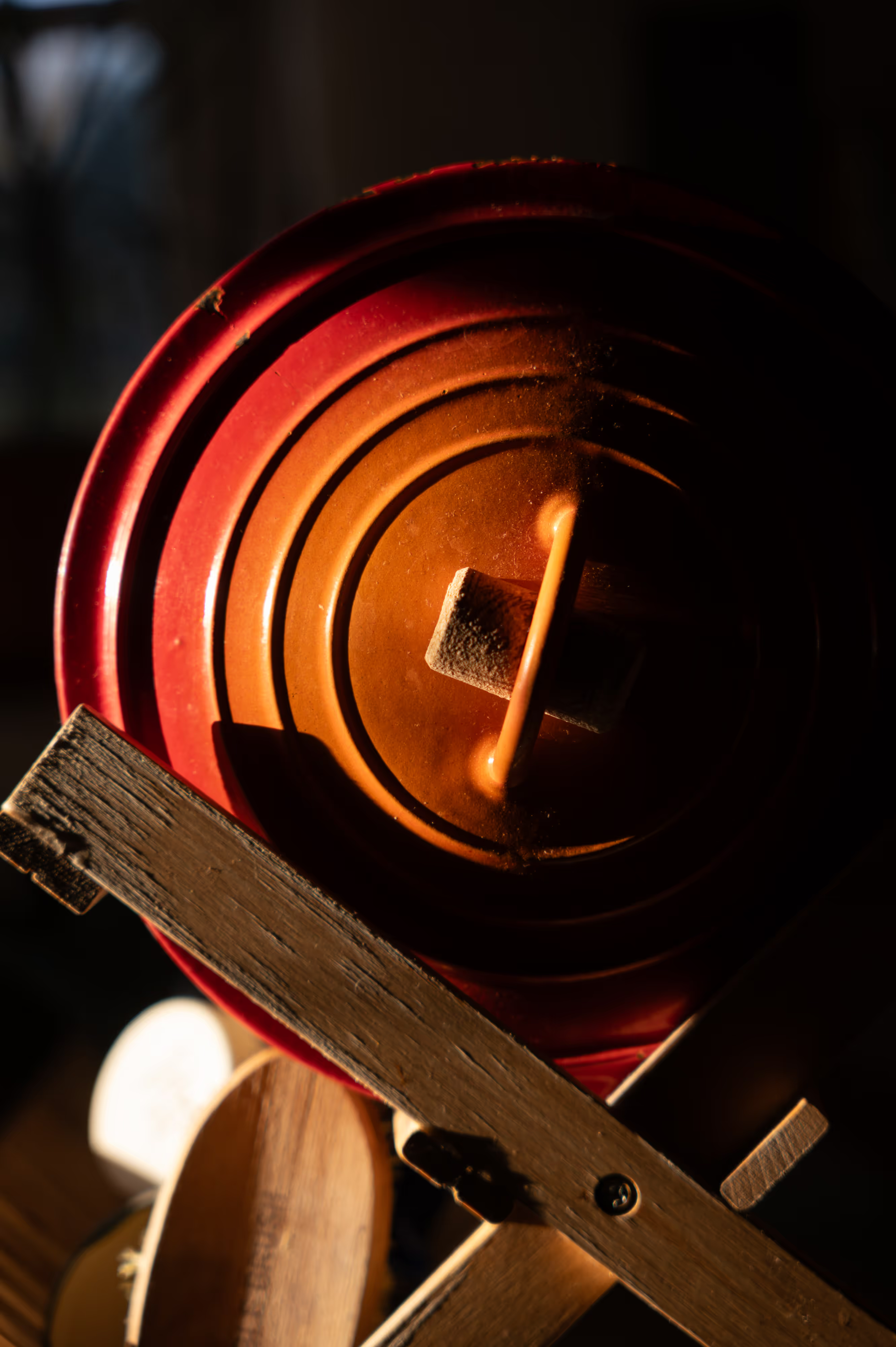
Glove
Leica SL3 with 28-70 Vario Elmarit 70mm at ISO 100 f3.2
Orange Lid
Leica SL3 with 28-70 Vario Elmarit 70mm at ISO 100 f3.2
Added to that it’s small enough to carry around on an SL camera all day without causing serious injury!
Mine has been pretty much welded to my SL3 cameras for the last few months.
I can’t really recommend it highly enough.
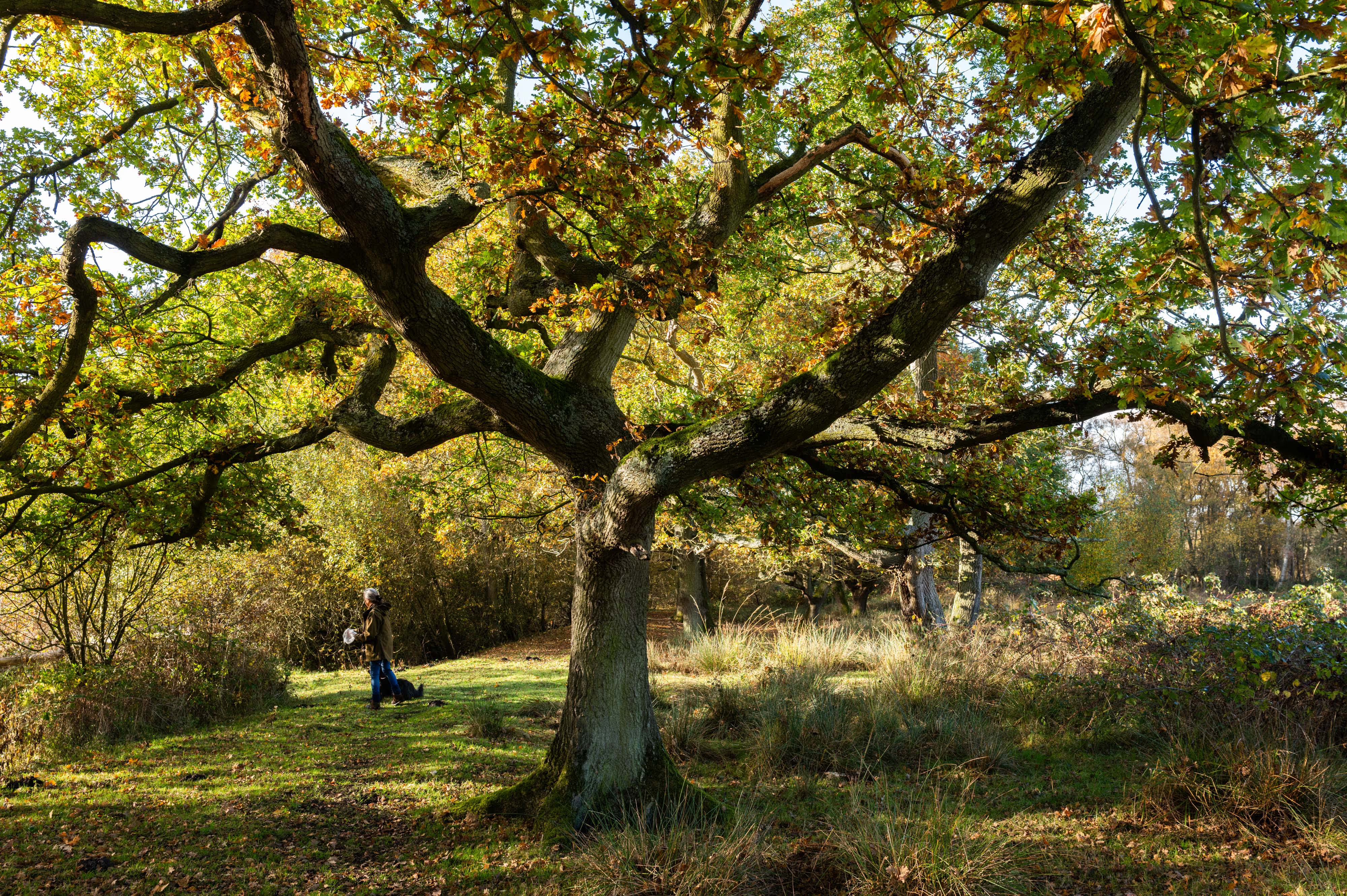
The Whirling Tree
Leica SL3 with 28-70 Vario Elmarit 28mm at ISO 160 f5.6
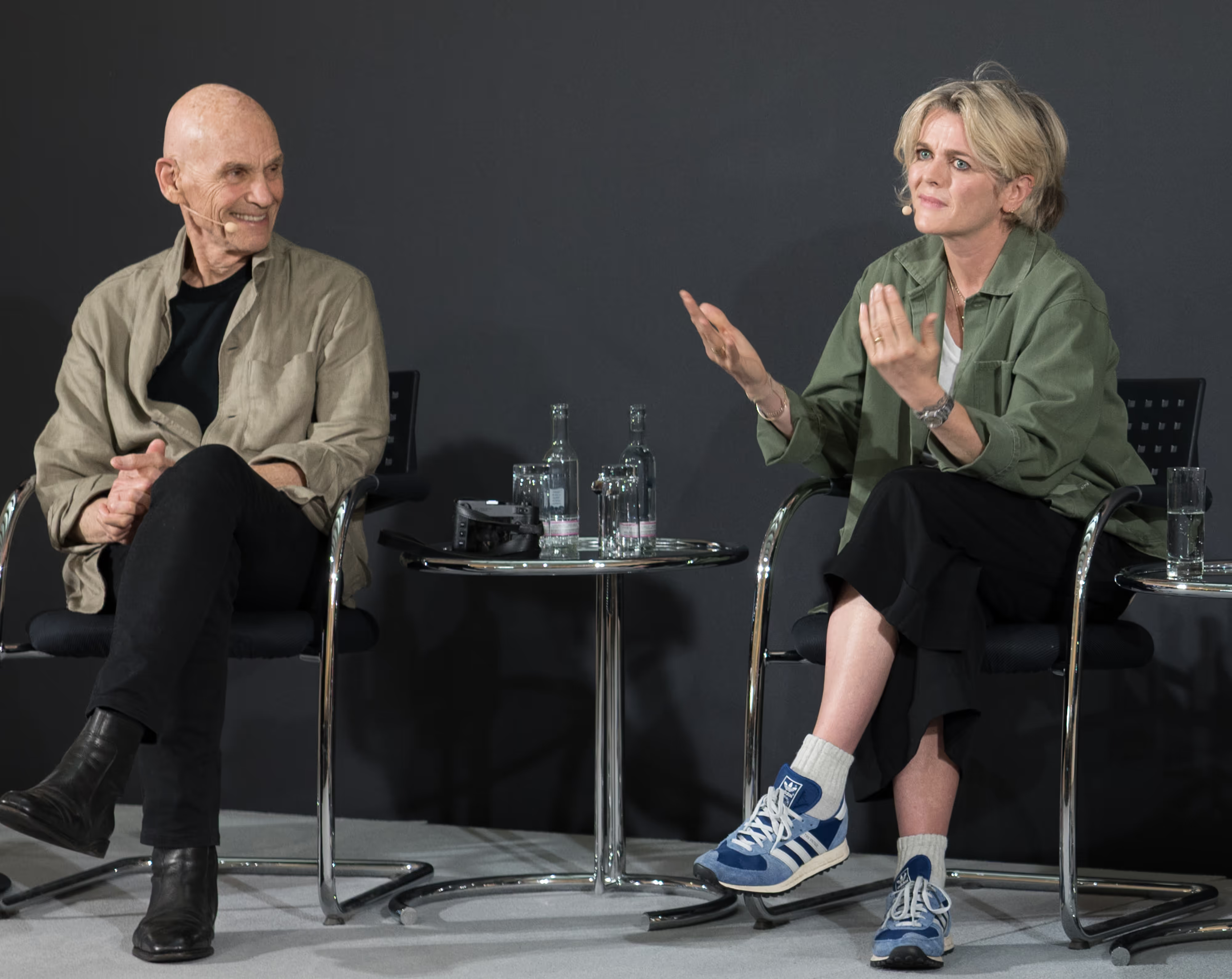
Joel Meyerowitz and Sarah Lee at the Leica 100 Celebrations
Leica SL3-S with 28-70 Vario Elmarit 70mm at ISO 800 f5.6
Jonathan Slack has been testing cameras for Leica since 2009, he has also been writing about them, and all the old articles can still be found on this website (maybe an index is coming!).
Jonathan Slack's duty of care is to Leica, and whilst he would never omit something he considered important, nor say anything he didn't consider to be true, it is worth remembering this when reading these articles.
There are no adverts, no click bait and nobody (Leica or anyone else) pays for these articles to be written. This is in an attempt to remain objective and not to be distracted by the hunt for clicks.
Jonathan Slack is also a member of the board of LSI (Leica Society International).
Click on the Leica Society logo below to look at the Leica Society International website where you can find a huge resource of Leica material and join the society to learn more about Leica and photography and to meet up with like minded people.
























